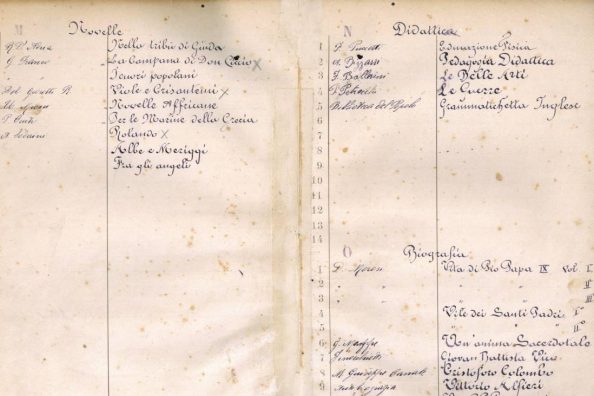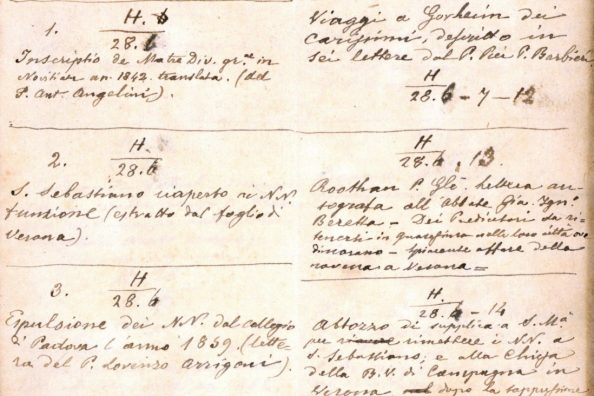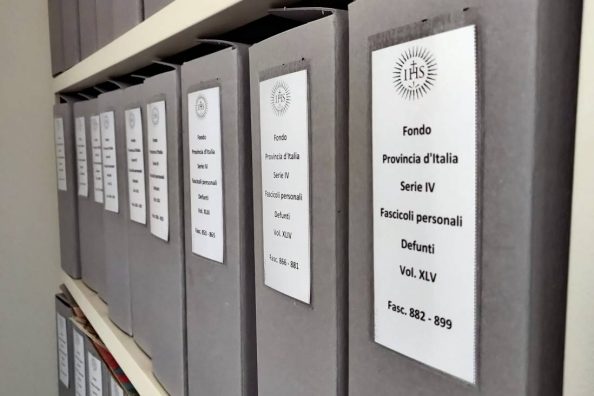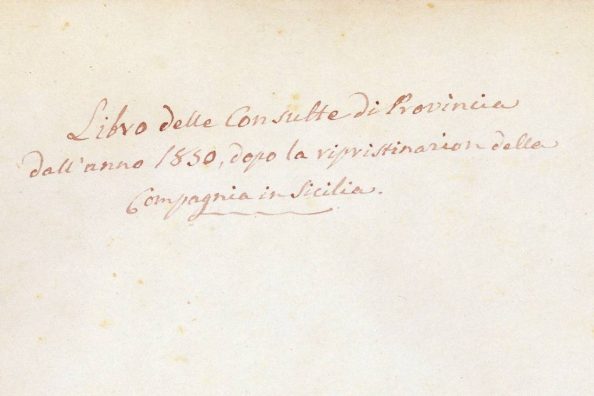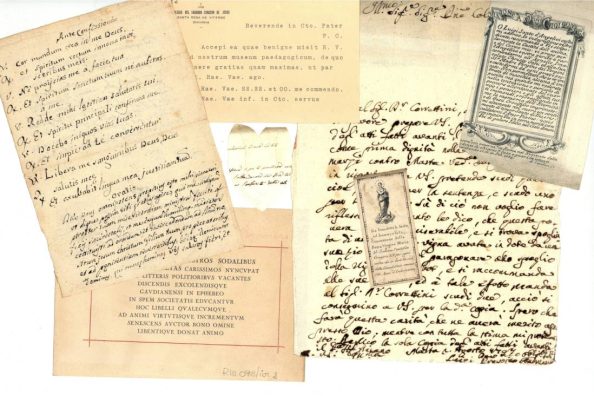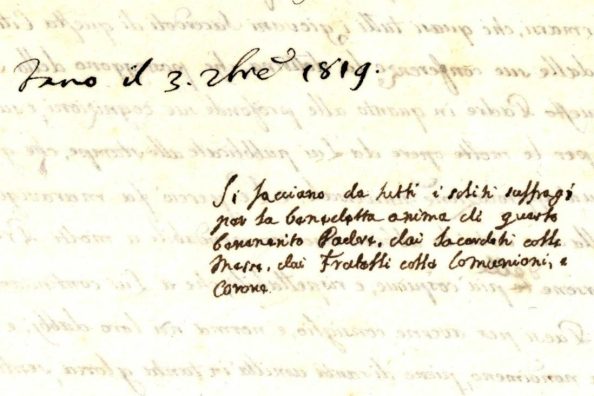The Society of Jesus and epidemics

A year after the first ascertained cases of Covid 19 in northern Italy and then in the rest of the Peninsula, today’s column recounts some of the epidemics that the Jesuits have faced in Italy over the centuries.
The Jesuits, as we know, do not carry out their apostolate in the cloister today or in the past, but live and work in the outside world.
This has exposed them to various epidemics throughout history, of which they were sometimes victims themselves.
In the city of Rome, for example, the Jesuits experienced both the famous plague epidemics of the 17th century, and the cholera that cyclically recurred in different outbreaks in the following centuries.
Some Jesuits also fell in the field, as in the case of St. Luigi Gonzaga, who became infected while caring for a sick person in the streets of Rome and later died at the Roman College.
During the 19th century there were several health emergencies throughout Europe: smallpox, cholera, diphtheria.
Cholera in Rome broke out with particular virulence around 1837. We relive the difficult moments of the cholera epidemic through a report presented by the Jesuits of the Roman College and kept in our archives.
The authors, fathers and brothers, describe the first contagions in Rome, an account that is very reminiscent of what happened with the spread and early scepticism about the Covid – 19 epidemic:
“[…] the disease penetrated the quarters of the city and began to claim many lives. With all this, there was no order of citizens who did not make the greatest efforts to delude themselves and give themselves to understand that there were ordinary deaths in Rome, which were to be repeated from common causes […] few cares were taken by the Magistrates, none by the citizens, to provide themselves with those expedients that were so necessary both to diminish the effects of the deadly contagion and to cure the bodies and souls of the infected.
That is why the day of St Roch’s Day, on which the number of those infected by the disease and the number of deaths increased proportionately, can be said to have caught the Romans so unexpectedly and so unaware, as if here and then for the first time cholera had turned from Asiatic to European. The physicians, who had hitherto been divided among themselves, now only began to agree, and to recognise the presence and the fury of cholera, the Magistrates to those who left Rome, ceased to issue health licences, the citizens forced to come out of deception fell into extreme terror and desolation, which they communicated to each other with unspeakable rapidity”.
The text goes on to recount the life of those days and the assistance given to the population: “We lived locked up for many days in three different lazarettos: we ran from house to house, from family to family, at night as well as during the day with confession, with viaticum, with extreme unction […] since poor families did not lack the necessary provisions of medicines and food for the sick and bread for the healthy […] we were provided with money, some of which came from the funds of the Roman College, but much more from the generosity of the wealthy people of this metropolis”.
Infectious diseases were particularly feared in the colleges of the Society of Jesus because it took only one sick person to infect the entire student community who not only shared the study rooms, but also the dormitories; furthermore, the contagion could easily affect the religious community of the college.
Diseases such as measles, chickenpox, diphtheria and rubella could induce the fathers to isolate the infirmary and sometimes send healthy boys home to remove them from the college, as happened in Cremona in 1883 when the rector of the Vida college interrupted the school year because of diphtheria.
Pictured is the rector’s printed letter and a page from the cholera story in Rome. The most recent epidemic found in the archive sources is of course Spanish fever, which Fr. Lorenzo Rocci also recounts.
From the diary, we discover that in Italy during the First World War, the same measures were taken that characterised the quarantine period in Italy in 2020, a century later.
Rocci recounts the closure of cinemas, which were very popular at the time, and the warning not to leave the house except for urgent errands.
Through this column, we remember the Jesuits of the Eum Province who were victims of Covid 19, along with other Jesuits who died in Europe and the rest of the world.
Maria Macchi

